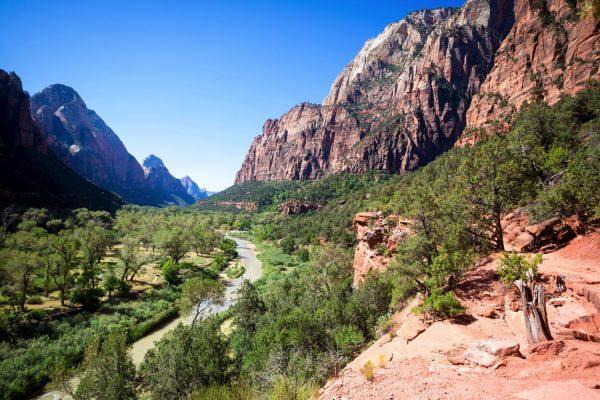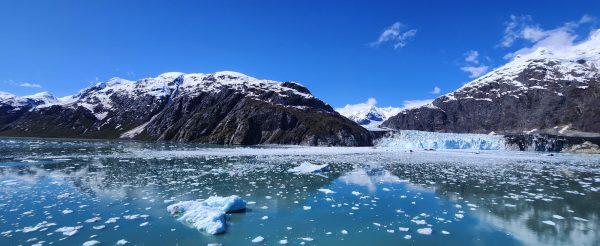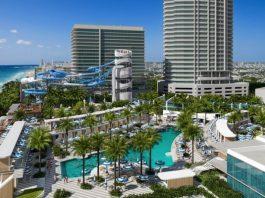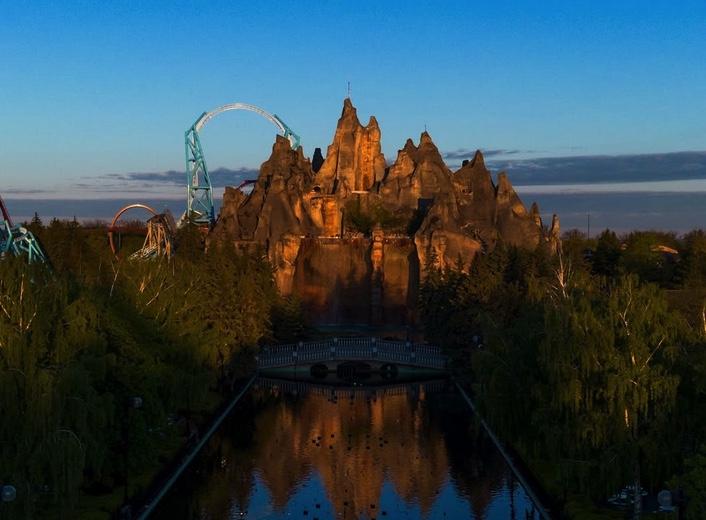America’s national parks are some of the country’s most visited and recognizable public spaces. A new executive order is set to change how these parks are accessed, with higher fees planned for international tourists and more support aimed at making visits easier and more affordable for U.S. residents.

The order, signed by the President, directs the Department of the Interior to raise entrance and recreation fees for non-U.S. visitors. At the same time, it instructs the agency to explore ways to reduce costs and improve access for American families.

What’s Changing?
The directive outlines several key actions:
- Increased Fees for Foreign Visitors: Nonresidents could soon pay higher entrance and recreation pass fees at parks that already charge them. This includes the popular America the Beautiful pass, which gives access to over 2,000 federal recreation sites.
- Revenue Used to Improve Parks: Any extra money generated from these fee hikes will go directly toward addressing aging infrastructure, improving access, and enhancing the visitor experience in parks across the country.
- Better Access for Americans: U.S. residents may benefit from improved affordability measures — although exactly how these would be implemented is still being worked out. The administration has also signaled it wants Americans to have a better shot at permits and lotteries that are often booked up quickly.
- Expanded Tourism Promotion: While international visitors may pay more, the order still encourages global travelers to explore U.S. parks, particularly lesser-known areas that don’t see as many tourists.
- Park Maintenance and Visitor Capacity: The National Park Service will review its maintenance backlog and accelerate investments under the Great American Outdoors Act. The goal? To expand capacity and allow more people to enjoy these spaces.
- Policy Reversal: The order also revokes a 2017 memorandum aimed at promoting diversity and inclusion in public lands, signaling a shift in federal priorities for managing access and equity.
What Does This Mean for You?
If you’re a U.S. resident, the changes could eventually translate to lower fees, shorter lines for backcountry permits, and better park infrastructure — like updated restrooms, clearer trail signage, and more accessible campsites. For travelers coming from abroad, however, visiting a U.S. national park could become noticeably more expensive.
Still, many of the proposals are subject to review, and the exact timelines for implementation aren’t yet clear. Federal agencies, including the Departments of the Interior and Agriculture, will be tasked with developing specific strategies and pricing structures in the months ahead.
Last week, we shared how France is rolling out passport‑based pricing at top attractions—places like the Louvre and Versailles will cost non‑EU visitors up to ~€30, nearly doubling the current €22 admission for some museums. This kicks in on January 1, 2026. And earlier, we discussed Mexico’s new cruise‑passenger levy, starting at $5 per person in July 2025 and climbing to $21 by August 2028
Other Countries Upping Fees For International Visitors
Here’s a snapshot of what other destinations are doing:
| Country | Fee Increase Details |
|---|---|
| Thailand | As of June 2023, tourists pay a 300 baht ($8.50) arrival fee by air, or 150 baht ($4.25) by land/sea |
| Italy (Venice) | Venice’s tourist tax (per night €1–5) has been in place longer, but from spring 2024, even day-trippers must pay €5 for entry. |
| Japan | Climbers of Mount Fuji now face a ~$13 fee to help curb overcrowding. |
| Greece | Major archaeological sites, like the Acropolis, have introduced tiered pricing—locals pay far less than tourists. |
| Amsterdam, Netherlands | Day‑visitor charges rose from €8 to €14 (plus a 12% hotel tax) in 2024 to ease overtourism. |
| Spain (Seville) | The city is reportedly considering charging entry fees to iconic public areas like Plaza de España . |
| UK & EU-wide | New electronic travel authorizations (ETA/ETIAS) now require non-resident visitors to pay small fees, typically €7–$12. |
| Australia | While not an attraction fee, Australian passport application costs rose to AUD 412 (~$280 USD) as of Jan 2025—another travel expense for non-Aussie visitors. |
This isn’t just happening in the U.S., Governments worldwide are asking international visitors to help fund conservation, manage overcrowding, and upgrade infrastructure. It’s a global trend worth tracking as you plan ahead, wherever in the world your next adventure takes you.






